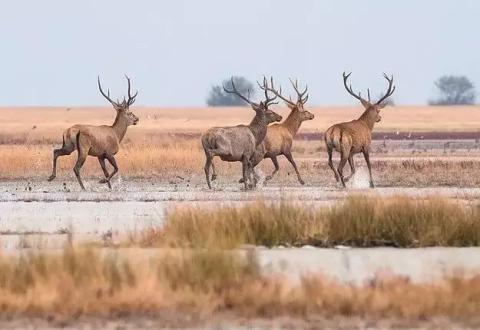were already convinced, but a recent article reinforces the idea that we are heading in the right direction with SimOïko, our biodiversity simulation software.
Published by North American researchers, the article (*) provides an overview of the progress and scientific challenges in ecological connectivity modeling.
It focuses in particular on the issue of biological realism and how to model species movement.
You know what? These are exactly the topics at the heart of SimOïko’s functionality.
In simple terms, to study a species, our modeling approach combines three key elements:
- Landscape mapping at a very high spatial resolution (typically 5m x 5m).
Why? Because each species prefers certain natural environments over others for living and moving.
And since landscapes change over time, SimOïko also includes the ability to configure these changes in its settings.
- Modeling the life cycle of individuals within a species, using numerous parameters.
Available scientific knowledge allows us to define their survival, reproduction, and dispersal characteristics for each age class (juvenile, adult).
By simulating the life of each individual, we can model the demographic dynamics of the entire species population.
- Modeling the movement of dispersing individuals.
To do this, we use the SMS ("Stochastic Movement Simulator") algorithm, designed with the principle that moving animals choose their trajectory step by step based on their perception of their immediate environment.
This algorithm is currently considered the most realistic compared to other approaches, such as least-cost path modeling or circuit theory.
Ultimately, this allows us to simultaneously simulate the life cycles and movements of several million individuals over long periods (several decades) and across vast territories (for example, up to 10,000 km² at a 5m x 5m resolution).
One last thing: the article highlights the need, in some cases, to model multiple species within the same territory, especially when studying biodiversity as a whole.
Once again, we have developed a methodology in SimOïko to combine simulation results from different species.
But another challenge remains: being able to model interactions between these different species.
The good news is that we are currently developing a dedicated module for this. We’ll tell you more about it very soon!
(*) Read the article
